
OAG Report Exposes Dark Side of PRIA: Chinese Company, Government Official’s Corruption, Irregularities and Negligence
Pokhara Regional International Airport, which commenced operations on January 1, is yet to witness any international flights. Concerns had been raised even prior to the airport’s construction, highlighting the lack of serious discussions regarding its necessity, justification, and commercial viability. Furthermore, recent revelations have shed light on the irregularities and negligence observed during the airport’s construction phase.
According to the 60th annual report of the Office of the Auditor General (OAG), it has been stated that the country has suffered significant damage due to negligence in the construction of the financial and physical infrastructure of the airport. The OAG has highlighted various issues pertaining to the operation of the airport, including the proximity of rivers, the presence of a garbage dump, the presence of animals and birds, and the inadequate space for large aircraft to land.
The OAG has specifically identified problems such as non-compliance with the contractual agreements during the construction phase, as well as errors in the construction of the runway, which have resulted in increased expenses for the government. Furthermore, additional costs have been incurred in the form of consultancy fees, raising concerns about the Pokhara airport construction project and its officials.
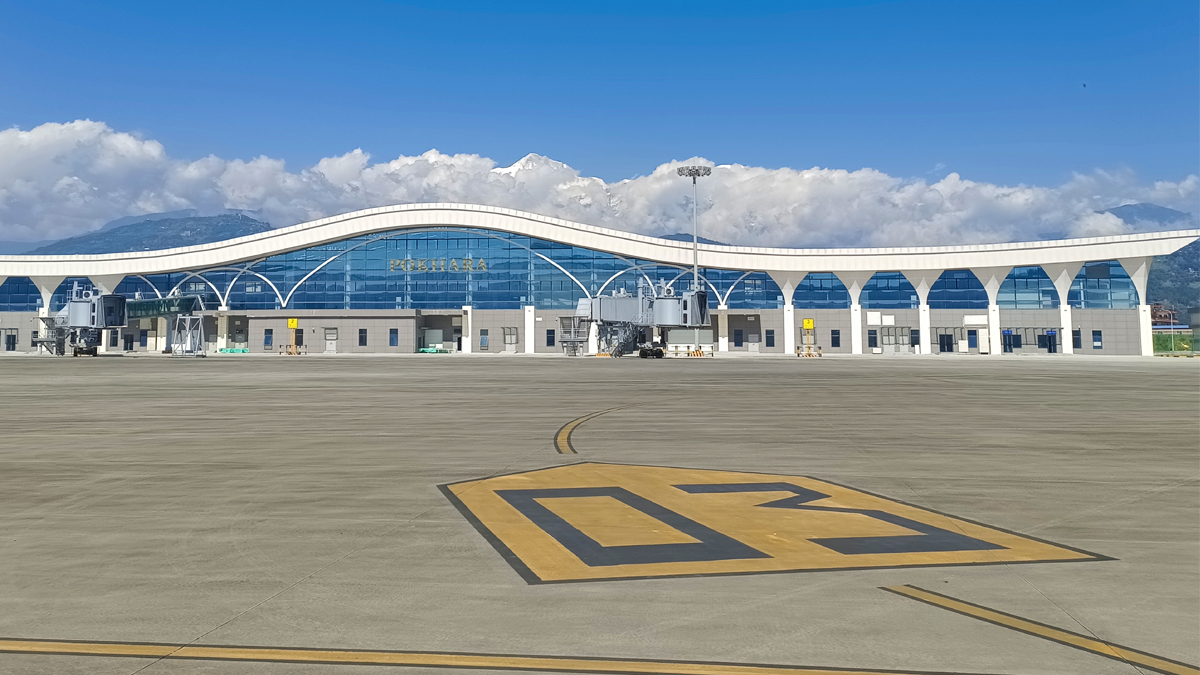
CAMC Engineering Company was entrusted with the contract to build the airport in May 2014. Construction work of the airport had started on July 2017.
With a total investment of around 22 billion, the airport’s construction took nearly seven years to complete after the foundation stone was laid. The Ministry of Finance secured a concessional loan from China’s Exim Bank, with 75 percent loan and 25 percent subsidy components. The government has already begun repayments on this loan, which needs to be paid twice a year. Spanning an area of approximately 4,000 ropani, the airport was envisioned as an alternative to the crowded Tribhuvan International Airport in Kathmandu.
While the runway of Pokhara International Airport spans 2,500 meters in length, with a width of 45 meters and a runway thickness of 34 centimeters, the airport has yet to operate effectively due to a lack of preparation.
According to the Office of the Auditor General, as of the end of last year, a total of 209 million 23 thousand US dollars had been paid to the construction company.
However, even though there was no provision in the agreement, the audit report states that, a total of 2 billion 224 million rupees have been granted as exemptions in customs duties, excise duties, and value-added tax (excluding internal taxes). When the company had agreed to the contract, there was no provision regarding this, and even though there was no provision for such fee exemption in the agreement, the project still granted the exemption.
Moreover, the Office of the Auditor General (OAG) has expressed apprehensions regarding the construction of the runway. As per the OAG, initially, there was a proposal to reduce the height of the Chhine danda, situated on the eastern side of the runway, by 30 meters. However, due to the inadequate height of the runway, the current recommendation suggests a reduction of 40 meters instead. The construction company utilized the gravel obtained from the process of lowering the height of the runway in the construction of the runway itself. As a result, the construction company avoided the need to transport gravel from a distance of 5 kilometers and pay royalty for it. The Office of the Auditor General (OAG) has emphasized the need for a thorough analysis of the expenses associated with this practice.
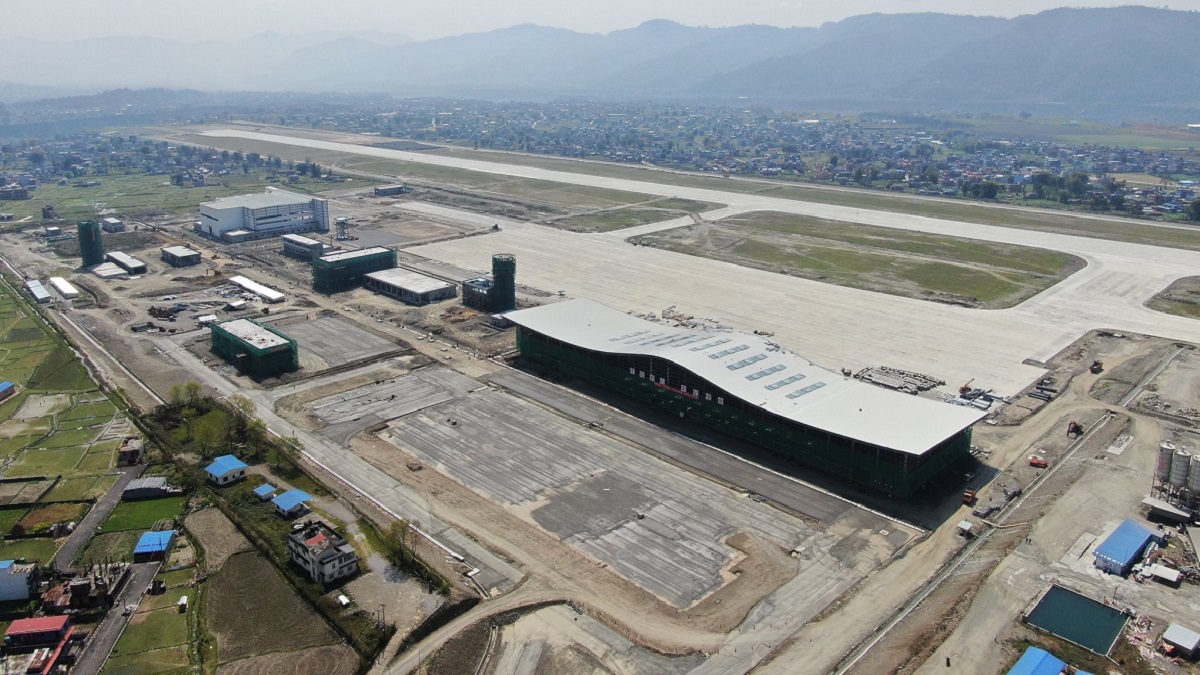
The OAG has also raised questions about the work and expenses taken from the consultant. In the agreement between the authority and the construction contractor for the airport construction project, a provisional arrangement of 900 thousand US dollars had been made, but it was later reduced to 3 million 170 thousand US dollars. The construction contractor had included the consultancy fees of 2 million 800 thousand US dollars in the BOQ (Bill of Quantities), but it was reduced, leading to increased expenditure in that particular item. Consequently, a new consultant was appointed to compensate for the reduced consultancy fees, with an amount of 280 thousand US dollars.
In the agreement, there was a provision for the arrangement of consultancy services expenses from the consultancy service fee itself. However, the authority, instead of utilizing the funds from the allocated budget, opted to exempt the expenses entirely and entered into a separate agreement with another consultant for a fee of NPR 37 crore 95 lakh thousand for the purpose of reviewing the design and the cost.
Although a provision of 22 crores 98 lakhs Nepalese Rupees was made in the agreement for consultancy expenses, the actual amount spent has been reported to exceed the estimated amount by 65.15%. The OAG report highlights that this increase in expenditure has been observed despite the implementation of the project as per the agreed terms.
In the contract with Super Vision Consultancy, it has been stated in the provisional arrangement that a total of 19 crore 52 lakh Nepalese Rupees will be provided, and in the contract for advisory services, a disproportionate 53 percent burden has been placed in the provisional arrangement, as mentioned in the report highlighting the lack of appropriateness.
A report was submitted stating that there were issues with the service operations based on the visit conducted by the experts from the authority to the airport. It was mentioned in the report that there were problems with taxi operations on the parallel western side and two other link taxiways, which caused difficulties in runway navigation. The report specifically mentioned the potential problems that could arise in flight operations.
Similarly, the experts group encountered difficulties due to the lack of arrangements for helicopter parking, cargo booking, ticket issuance, and a designated area for domestic flights. There was also a problem observed regarding the limited number of buses (only 3 to 4) that could access the terminal area, hindering internal flight operations. The experts team faced such challenges during their journey.
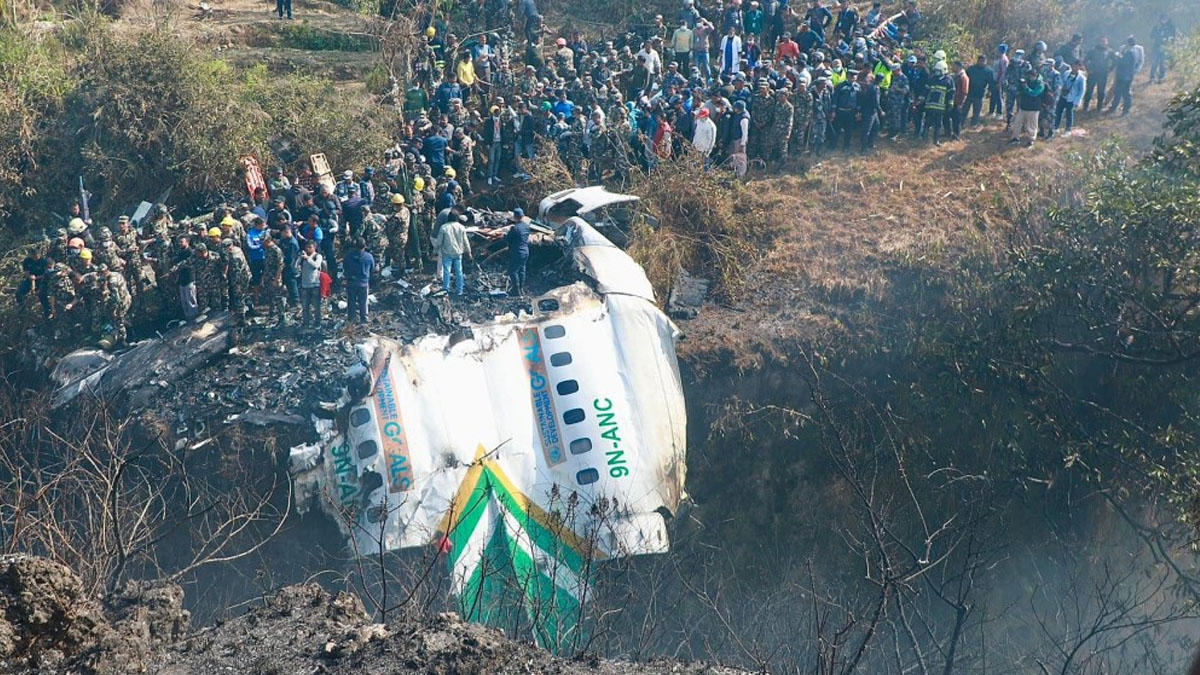
The Pokhara International Airport was built with a loan assistance of Rs 22 billion from the Exim Bank of China. The Government of Nepal had signed a loan agreement of 1.37 billion Chinese Yuan with China’s Exim Bank seven years ago. However, the government has been exempted from paying interest on 25 per cent of the loan. It means that the government does not have to pay interest on 344.46 million Yuan while it has to pay 2 per cent interest on the remaining amount. This loan has a grace period of 7 years and is to be repaid in a total of 20 years.
Previously, it came to light that the airport handover took place without the installation of crucial equipment. Specifically, the Instrument Landing System (ILS), a vital component necessary for aircraft landings at the airport, was installed only after the handover had occurred. Unfortunately, an accident involving a Yeti Airlines plane took place in Pokhara prior to the installation of the ILS.
The equipment was installed at the airport on 23rd February, while Prime Minister Pushpa Kamal Dahal Prachanda inaugurated the airport on 1st January. On 15th January, an aircraft belonging to Yeti Airlines crashed near the airport in Pokhara.
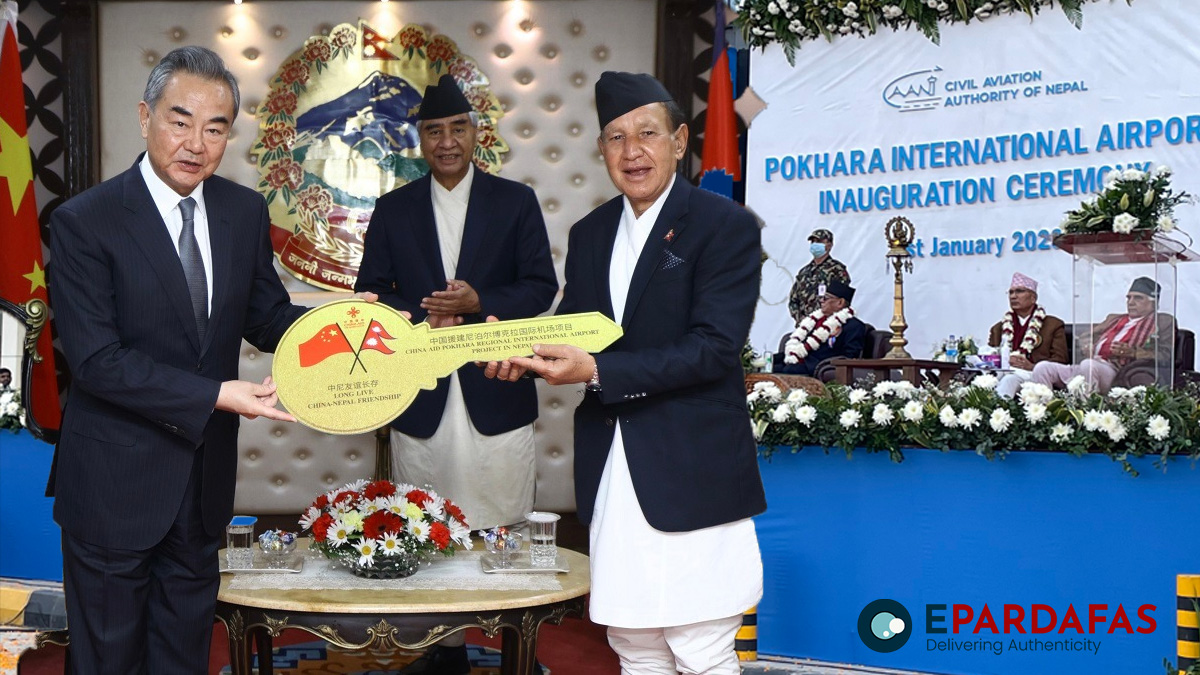
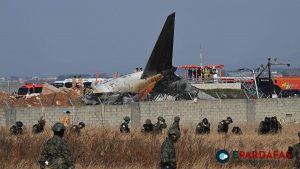

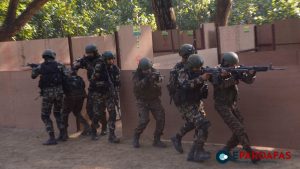





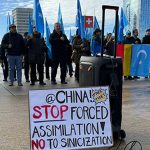



Comments